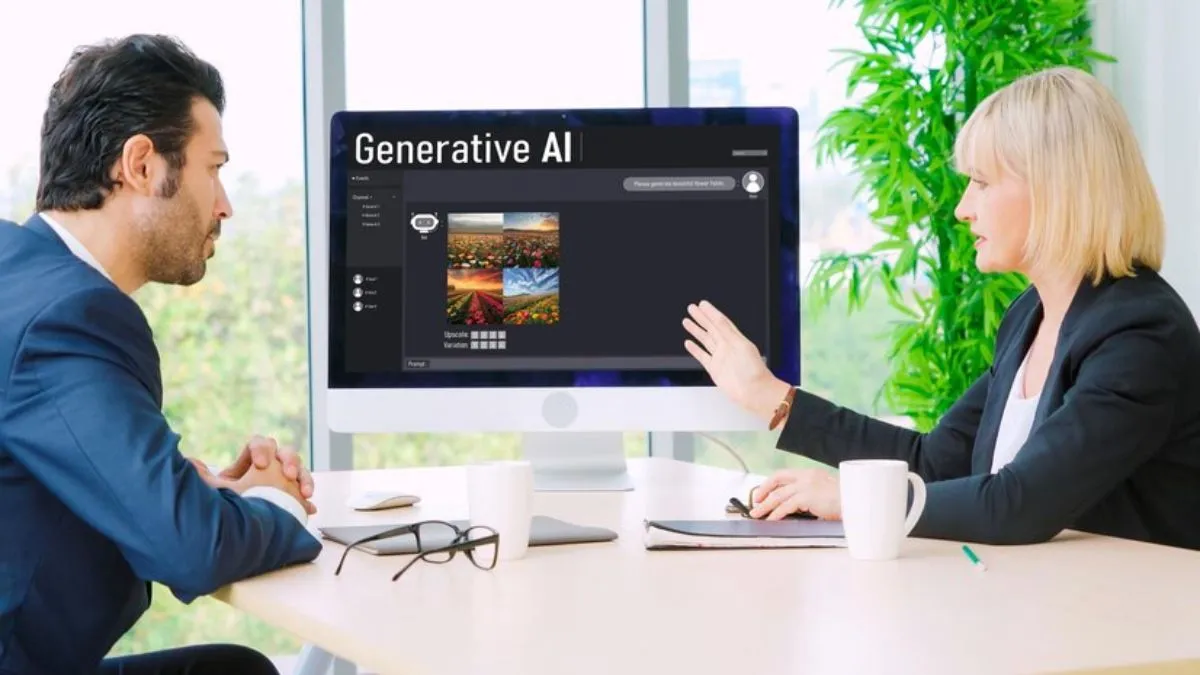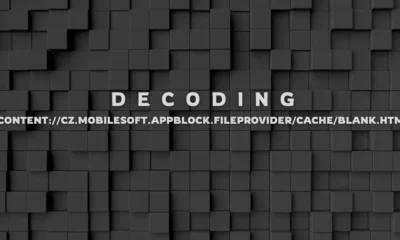AI
How to Build AI-Powered Video Presentations for Sales Pitches

In today’s fast-paced business world, crafting compelling sales pitches is crucial. With attention spans shrinking, it’s essential to engage your audience quickly and effectively. One way to achieve this is by using AI-powered video presentations. These tools can help create dynamic, professional presentations with minimal effort, offering a powerful way to showcase your products or services. In this guide, we’ll walk you through the steps to build AI-powered video presentations that can elevate your sales pitches and captivate potential clients.
Understanding AI-Powered Video Presentation Tools
AI-powered video presentation tools are revolutionizing the way we create and deliver presentations. These platforms use artificial intelligence to automate key tasks such as scriptwriting, video generating, and even the selection of background music or images. By leveraging AI, sales teams can create visually engaging content that enhances their pitches without the need for extensive video generating skills. These tools allow for greater efficiency and creativity, making them ideal for sales professionals who need to create multiple presentations in a short amount of time.
Benefits of AI-Powered Video Presentations for Sales
Incorporating AI into your video presentations offers several benefits. First, AI tools save time by automating repetitive tasks such as creating transitions or syncing voiceovers. Second, they ensure consistency in messaging, helping sales teams present a unified and polished narrative. Lastly, AI-powered presentations are more engaging for the audience, as they often incorporate visually appealing elements that keep viewers’ attention. For sales pitches, these benefits translate into more persuasive and impactful presentations, leading to higher conversion rates.
Choosing the Right AI Video Presentation Tool
To create AI-powered video presentations, you need the right tool. There are many AI-powered platforms available, each offering different features. When selecting a tool, consider the following: ease of use, customization options, and the ability to integrate with your existing software. For sales teams, tools that offer quick generating capabilities and pre-made templates can be invaluable. Also, make sure the tool supports features like voiceover integration, video trimming, and the ability to add real-time data, which can make your sales pitch even more effective.

Crafting the Perfect Script for Your Sales Pitch
The script is the foundation of your AI-powered video presentation. Start by outlining your key points and structuring your script to emphasize your product’s benefits and how it solves the customer’s pain points. Since AI tools can automatically generate scripts, ensure that the generated content aligns with your sales goals and messaging. It’s always a good idea to review and personalize the script for a more human touch, ensuring that it resonates with your target audience. A well-crafted script, paired with AI’s generating abilities, will result in a compelling video presentation.
Adding Engaging Visuals with AI
Visuals play a vital role in video presentations. They make your message more memorable and help convey complex information quickly. AI-powered tools, such as an AI presentation maker, can help you select relevant visuals, images, and videos based on your script. Many platforms have access to stock footage libraries or offer suggestions for animations that complement your message. This feature allows you to create visually stunning presentations without having to source or design content manually. The right visuals, combined with AI’s automated features, can help your sales pitch stand out from the competition.
Integrating Voiceovers with AI
A voiceover can add a personal touch to your video presentation, making your pitch more engaging and relatable. Many AI-powered tools offer text-to-speech options in multiple languages, allowing you to create professional voiceovers in minutes. Choose a voice that matches your brand’s tone and the nature of your presentation. If you want a more personalized approach, some tools allow you to upload your own voice recordings and explore how to do AI voice cloning, which can be synced with the visuals and script automatically. This level of customization can make your AI-powered video presentation feel more human and less robotic.
Utilizing AI to Incorporate Real-Time Data
Sales pitches are more effective when they include real-time data. AI-powered tools often allow you to integrate up-to-date charts, graphs, or metrics into your presentations. This can be particularly useful in a sales pitch, where showing real-time performance metrics or industry trends can make a significant impact. By presenting data visually through dynamic charts and graphs, you can make your case more convincingly. Ensure that your AI tool supports real-time data integration, so you can update your sales presentation as new data becomes available.
Personalizing Your Presentation with AI
Personalization is key to a successful sales pitch. AI tools make it easier to tailor your presentations to specific clients or industries. You can create multiple versions of a single presentation, each customized for different target audiences. Whether it’s altering the script slightly to address specific pain points or adding industry-relevant statistics, AI can help you quickly adjust your presentation without starting from scratch. This ensures that each sales pitch feels tailored and relevant, which is crucial for building stronger client relationships.
Enhancing the Presentation with Background Music
Adding background music to your presentation can help set the tone and keep your audience engaged. AI-powered video tools can automatically suggest background music that matches the theme and pace of your presentation. Whether you’re aiming for something upbeat to energize your viewers or a more subtle track to maintain focus, AI tools can help you select and integrate the perfect soundtrack. Music can also guide the flow of the presentation, helping you emphasize key points and create a more immersive experience for your audience.
Testing and Optimizing Your AI-Powered Presentation
Before delivering your sales pitch, it’s essential to test your AI-powered video presentation. Watch it from the perspective of your audience and look for areas where the presentation can be improved. Many AI tools offer feedback options or analytics that can show you how long viewers engage with each section of your presentation. Use this data to optimize your video, ensuring that key points are clear and that the pacing is right. Continuous optimization will help you refine your presentation for maximum impact.
Delivering a Persuasive Sales Pitch with AI-Driven Video
Once your AI-powered video presentation is ready, the next step is delivery. While the video can do much of the heavy lifting, your role in delivering a persuasive pitch is still critical. Practice speaking in sync with the video, adding live commentary where appropriate to further emphasize important points. AI-powered presentations provide you with a solid foundation, but your energy, passion, and knowledge will help close the deal. A well-executed pitch that leverages the power of AI technology can leave a lasting impression on your audience.
Conclusion: The Future of Sales Pitches with AI Video Presentations
AI-powered video presentations represent the future of sales pitches, offering a fast, efficient, and highly engaging way to connect with potential clients. By automating tasks like scriptwriting, visual selection, and voiceover integration, AI tools allow sales professionals to focus on personalizing their message and delivering a compelling pitch. As AI technology continues to evolve, the potential for creating even more immersive and persuasive sales presentations will only grow. Start exploring AI-powered video tools today to stay ahead in the competitive world of sales.

-

 BIOGRAPHY6 months ago
BIOGRAPHY6 months agoBehind the Scenes with Sandra Orlow: An Exclusive Interview
-

 HOME1 year ago
HOME1 year agoDiscovering Insights: A Deep Dive into the //vital-mag.net blog
-

 HOME1 year ago
HOME1 year agoSifangds in Action: Real-Life Applications and Success Stories
-

 BIOGRAPHY1 year ago
BIOGRAPHY1 year agoThe Woman Behind the Comedian: Meet Andrew Santino Wife



























